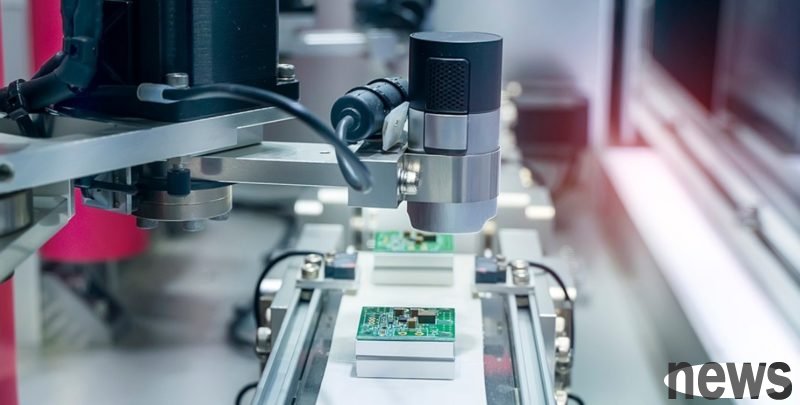
According to comprehensive reports, Qiyunfang, a subsidiary of Xinkailai Technology, a Chinese semiconductor equipment manufacturer that has close ties with Huawei, officially launched two completely independently developed electronic design automation (EDA) software at China's "2025 Bay Area Semiconductor Industry Ecological Expo", showing that China is accelerating the localization of chip design tools to reduce its dependence on US and European technology.
According to the official company, the performance of the EDA tools developed by Qiyunfang is about 30% higher than the industry average in key technical indicators of electronic circuit design, and can shorten the hardware development cycle by 40%. The software supports multi-person collaborative work and real-time viewing functions. Yuan Yi, president of Qiyunfang's EDA department, said that the product has been officially put into the market.
The global EDA market has long been dominated by the three major manufacturers in the United States and Europe, accounting for 70 to 80% of the market. This makes China still rely on imported tools in the chip design and verification process. According to TrendForce statistics, as of 2024, the global market shares of Synopsys, Cadence, and Siemens will be 31%, 30%, and 13% respectively. However, with the rise of domestic manufacturers, China's EDA software self-sufficiency rate has exceeded 10%. Market research institutions estimate that China's EDA market size will reach approximately 13.59 billion yuan in 2024, and is expected to reach 15 billion yuan in 2025, indicating that the potential for domestic substitution is rapidly expanding.
This announcement comes at a time when US President Trump announced that he will implement a new round of export controls on "any critical software" starting from November 1, and plans to impose 100% tariffs on Chinese goods. Analysts pointed out that if the United States restricts China from obtaining advanced design software for a long time, it will further promote China to focus on domestic substitution and strengthen the resilience of independent research and development and technology supply.
In addition to EDA, Long Sight, another subsidiary of Xinkailai Technology, also simultaneously demonstrated its self-developed 90 GHz ultra-high-speed real-time oscilloscope, which can support R&D testing of 3 nm and 5 nm processes. According to Chinese media reports, this product can improve the performance of domestic oscilloscopes by up to 500%.
China’s Sicarrier unit unveils new chip design software, media reports SiCarrier Subsidiaries Reportedly Launch China’s Fully Independent EDA, 3nm Test Equipment